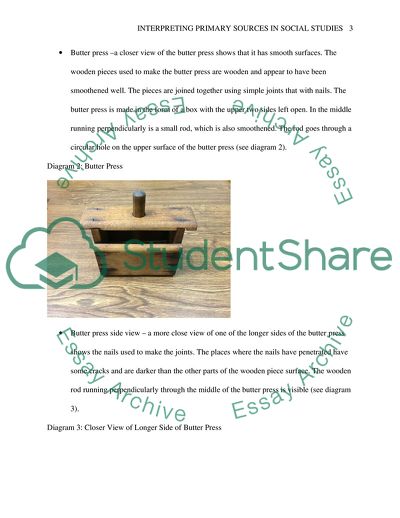Cite this document
(Interpreting Primary Sources in Social Studies Report Example | Topics and Well Written Essays - 2500 words, n.d.)
Interpreting Primary Sources in Social Studies Report Example | Topics and Well Written Essays - 2500 words. https://studentshare.org/education/1860156-interpreting-primary-sources-in-social-studies
Interpreting Primary Sources in Social Studies Report Example | Topics and Well Written Essays - 2500 words. https://studentshare.org/education/1860156-interpreting-primary-sources-in-social-studies
(Interpreting Primary Sources in Social Studies Report Example | Topics and Well Written Essays - 2500 Words)
Interpreting Primary Sources in Social Studies Report Example | Topics and Well Written Essays - 2500 Words. https://studentshare.org/education/1860156-interpreting-primary-sources-in-social-studies.
Interpreting Primary Sources in Social Studies Report Example | Topics and Well Written Essays - 2500 Words. https://studentshare.org/education/1860156-interpreting-primary-sources-in-social-studies.
“Interpreting Primary Sources in Social Studies Report Example | Topics and Well Written Essays - 2500 Words”. https://studentshare.org/education/1860156-interpreting-primary-sources-in-social-studies.


